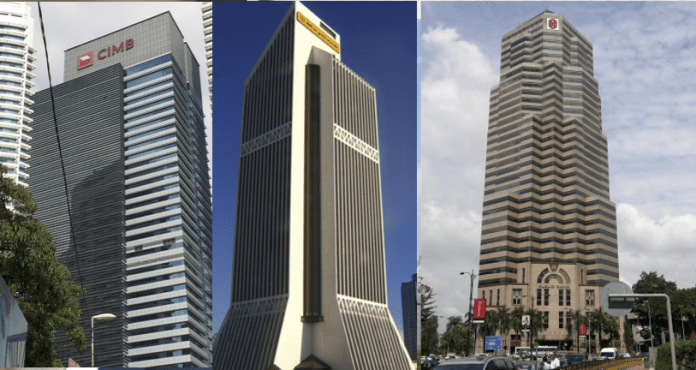Malaysian banks are well positioned to face potential asset quality deterioration arising from inflationary pressures, higher interest rates and the threat of slower global growth, said RAM Rating Services Bhd (RAM Ratings).
Its co-head of financial institution ratings Wong Yin Ching said it believes the recent collapse of Silicon Valley Bank (SVB) and two smaller banks in the US will have no rating impact on domestic banks.
She expects loan growth to still be led by the Islamic banking sector, which contributed over 80% of the industry’s growth in 2022.
Declining loan applications in the last few months amid rising interest rates signal weaker credit demand.
“That said, China’s emergence from isolation should stimulate business loan growth as it is a significant contributor to Malaysia’s trade and tourist arrivals,” she said in a statement.
Wong said gross impaired loan (GIL) could edge up as the higher cost of living and the 100 basis point cumulative rate hike in 2022 impinge on borrowers’ repayment capability, especially those in the lower income group and smaller enterprises.
The continued phasing out of remaining loan forbearance measures could also push up delinquencies although the average proportion of domestic loans under relief in eight selected banking groups has reduced to below 3%.
She said the industry’s GIL ratio was relatively stable at 1.72% as at end-2022 (2021: 1.68%).
“We believe credit quality weakening will be contained, considering banks’ prudent underwriting standards. The GIL ratio could steadily increase to a still-healthy 2% by end-2023,” Wong added.
As Malaysian banks align themselves to address climate risks in line with regulatory requirements, RAM Ratings expects to see more banks offer and tailor more products (including green, sustainability-linked, or transition financing) to help clients and businesses decarbonise, which may offer a way to gain an advantage over their competition.
RAM Ratings has maintained a stable outlook on the Malaysian banking sector.
Meanwhile, Maybank Investment Bank Bhd reckons Malaysian banks compare very well, with ample liquidity (loan-to-deposit ratio: 92%, liquidity coverage ratio: 145%) / capital, sticky/diversified deposit bases, and balance sheets that are far less exposed to interest rate risk.
For the Asian financials, Eastspring’s Asian equities portfolio manager Sundeep Bihani said most Asian central banks tend to be conservative in their oversight of the banks and apply strict standards when it comes to bank funding parameters.
Many of the Asian central banks have also not forgotten the lessons from the 1997 Asian Financial Crisis and he said Asian financials have higher than regulated capital levels, and where the durations of their assets and liabilities are well matched.
“For the Asian banks, their hold-to-maturity investments are typically only a small percentage of total assets, and their short-term liquidity coverage ratios are high relative to history.
“We are monitoring potential second-round effects that can come from tighter US dollar liquidity, higher counterparty risks and wider global credit spreads. In such instances, larger better-capitalised, low-cost funded banks will tend to fare better,” he said.









